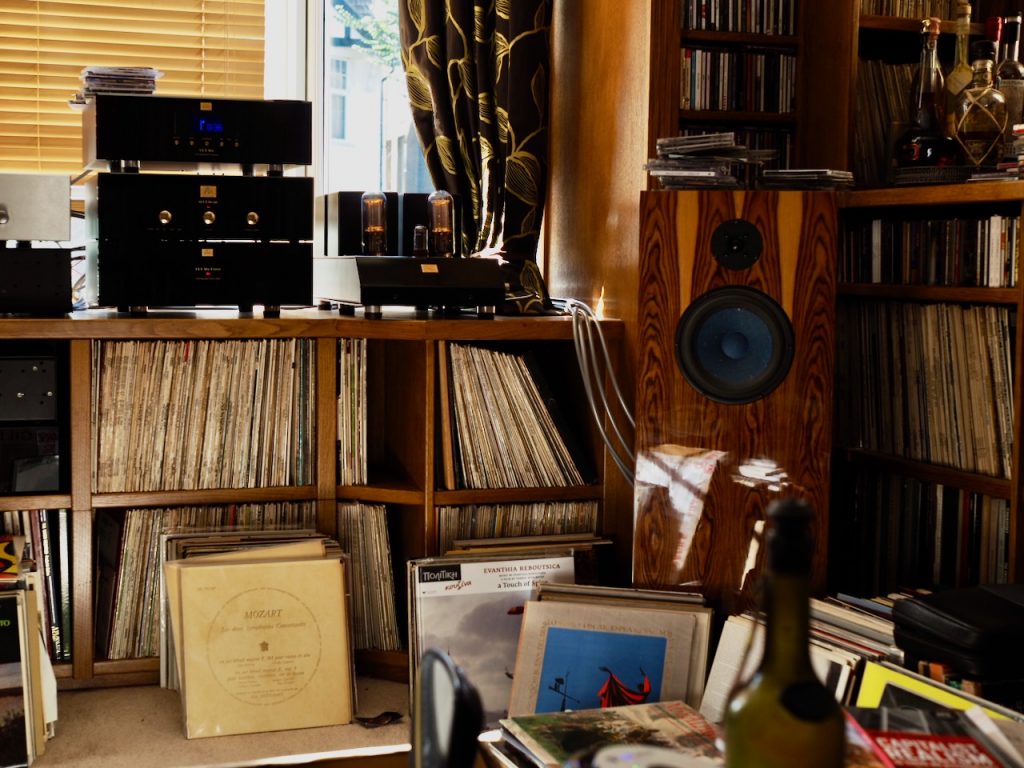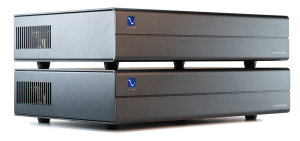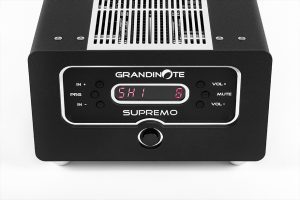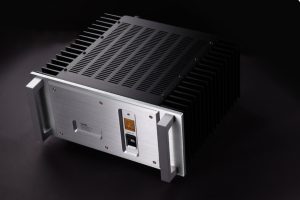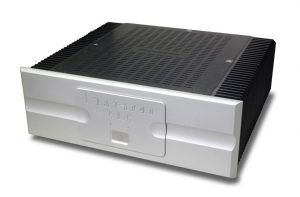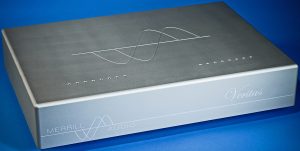
At the enthusiast audio shows I have visited in the USA over the years, I've always thought that year-to-year, the Audio Note (UK) rooms had some of most consistently excellent musicality & sonics of all the show rooms I visited.
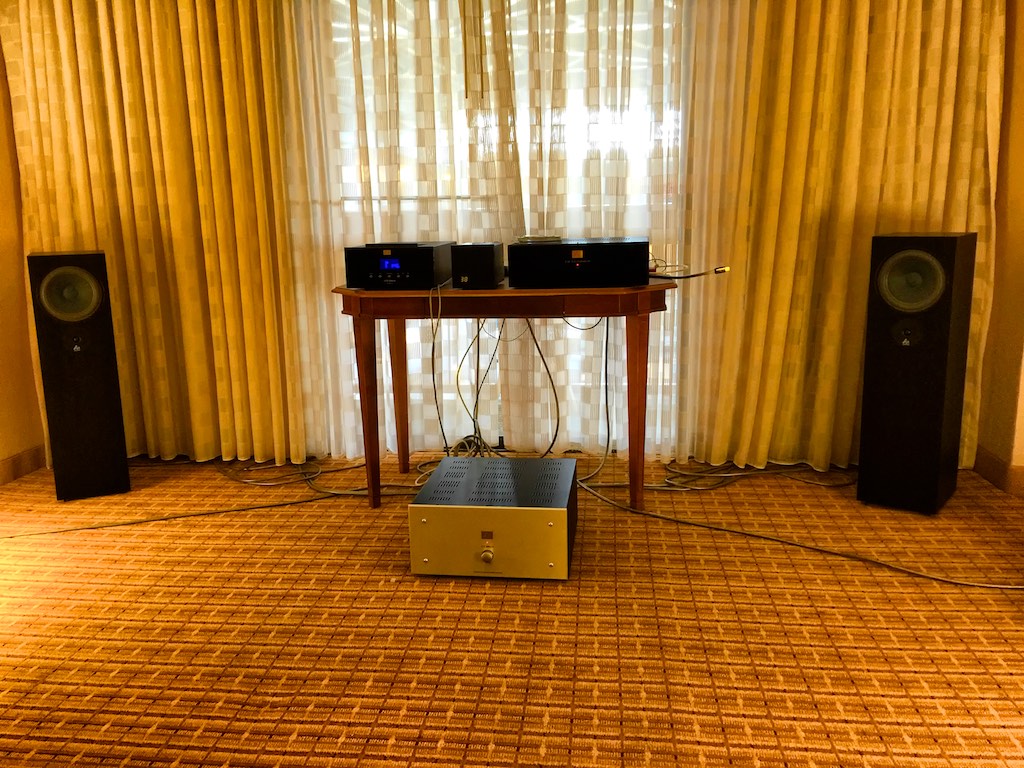
The fact that those Audio Note (UK) show rooms utilized relatively modestly priced equipment and simple hifi systems based on integrated amplifiers to achieve such consistent excellence, piqued my curiosity, and when a lot of other show rooms with much more expensive separates were rather easily outperformed by the Audio Note (UK) rooms, I took note.
When I visited the Audio Note (UK) room at the Rocky Mountain Audio Fest some years back (above), cellist Vincent Belanger (below) provided a live musical reference for the room so listeners could compare the sound of Vincent's live performance to that of his recorded performance over the featured Audio Note (UK) equipment in the room.
The "live vs. recorded" comparison was very favorable, and I thought it was impressive that Audio Note (UK) would do that sort of comparison, as that's a gutsy move. Quite a lot of very expensive modern hifi systems would not do well in that sort of comparison—which is why you rarely see a "live vs. recorded" demonstration at audio shows—but the Audio Note (UK) system truly captured the essence of Vincent's live performance, and impressed me by doing so.

As all you long-time readers know, I really enjoy vintage audio equipment, but you might not know I also have a particular interest in what I refer to as contemporary high-performance "entry level" and "exit level" audio equipment.
By "entry level" I mean audio equipment that offers a relatively affordable high-performance excellence in musicality & sonics that would make for a great starting point for a serious music lover or audio enthusiast.
By "exit level" I mean an audio product that is so consistently excellent in terms of musicality & sonics across the spectrum of recorded music, that once said music & audio enthusiast obtains it they can exit the audiophile merry-go-round of equipment buying & selling, quit worrying about audio gear, and instead focus on building a substantial music library, living happily ever after listening to music favorites and exploring new music interests.

After perusing the Audio Note (UK) website in the spirit of scoping out a relatively affordable high-performance "entry level" integrated amplifier that I thought you, dear readers, would benefit from learning more about, I focused in on the Audio Note (UK) Oto Phono SE Signature integrated amplifier as just the sort of integrated amplifier that I thought I would like, that I thought you would like, and that I'd enjoy telling you more about.
While the Oto Phono SE Signature integrated amplifier easily qualifies as a high-performance "entry level" integrated amplifier, I've found that the Oto also rather easily qualifies as an "exit level" reference quality integrated amplifier.
It turns out that Oto Phono SE Signature is so high-performing both musically & sonically in my primary music system that it could easily be both the first & last integrated amplifier you would ever want for your hifi system.
I have found in my time with the Oto that I could easily & happily use the Oto Phono SE Signature as my reference in my own primary music system, it's just that good. More on this in a moment.
The Oto Phono SE Signature is positioned on the second rung up the ladder of the nine integrated amplifier models that make up the Audio Note (UK) integrated amplifier product line (HERE), and its abundance of useful features in an affordable high-performance boutique-build made me think it would be very rewarding to investigate.
I mentioned to Positive Feedback Editor in Chief, Dr. David Robinson, that I would particularly like to write about the Audio Note (UK) Oto Phono SE Signature integrated amplifier, if that could be arranged.
David gave me the thumbs up, so we contacted Peter Qvortrup about the possibility of writing a feature article about the Audio Note (UK) Oto Phono SE Signature integrated amplifier, and voilà, here we are.
Visiting Audio Note (UK)
Peter expressed interest in the idea of a Positive Feedback article about his Audio Note (UK) Oto Phono SE Signature integrated amplifier, but suggested I first visit Audio Note (UK) in Sussex, England, to have a look around their headquarters facility, and meet with him as well as the extended Audio Note (UK) family.
I'm always up for a trip to the (UK). It's one of my favorite countries to visit, so I responded in the affirmative, and we made plans for my visit.

After the long flight from Washington State to Heathrow Airport in London, Daniel Qvortrup (Peter's son, above) picked me up and we drove to Audio Note (UK) headquarters just outside Brighton, England. Daniel is an interesting person and a great conversationalist, and the time just flew by as we drove and chatted on a variety of topics.
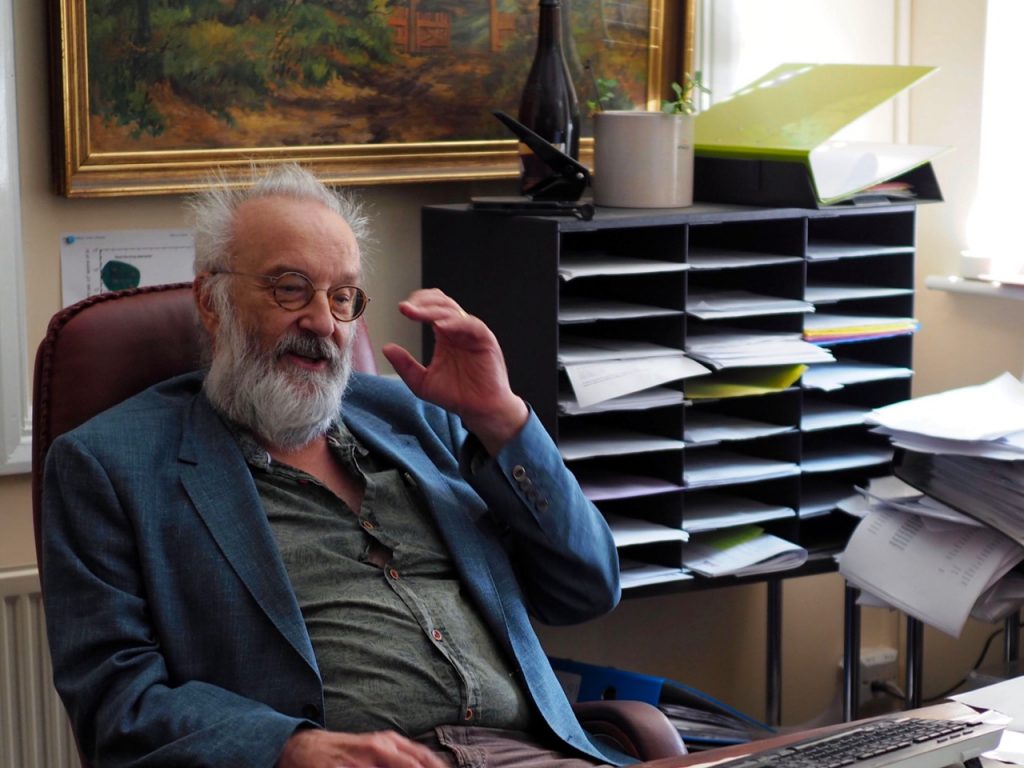
After arriving, a couple of espressos got my blood flowing and helped ward off the jet lag, then Daniel introduced me to Peter, and then we went for a walk-about of the Audio Note (UK) headquarters facility, where Daniel introduced me to the staff as we walked.
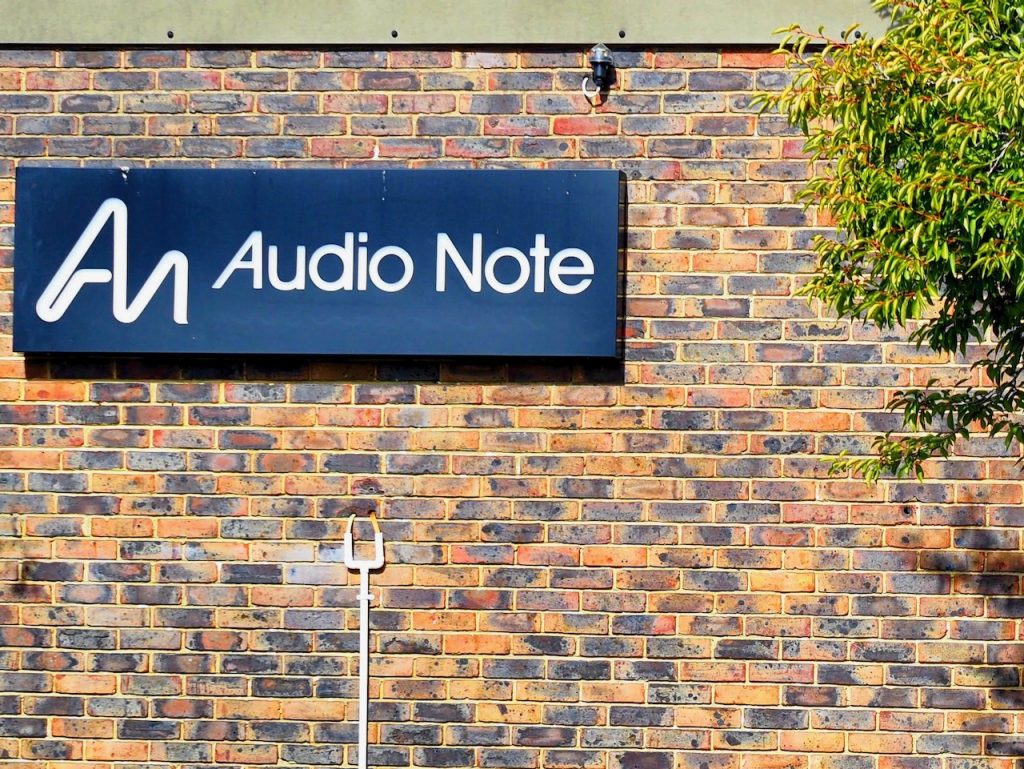
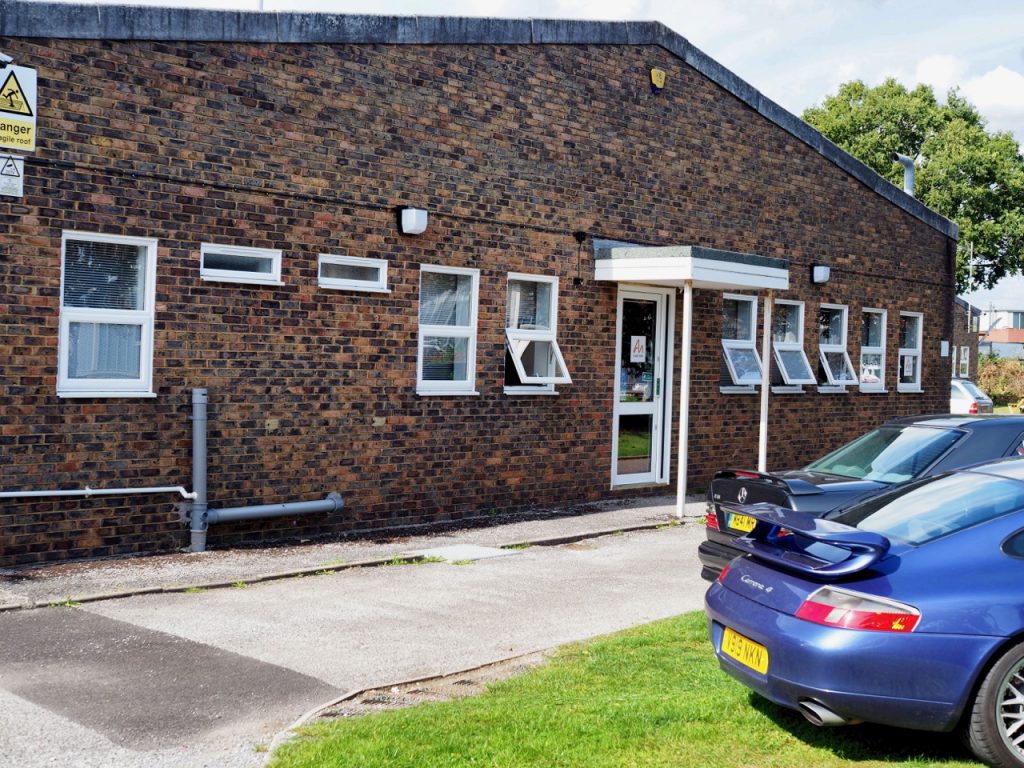
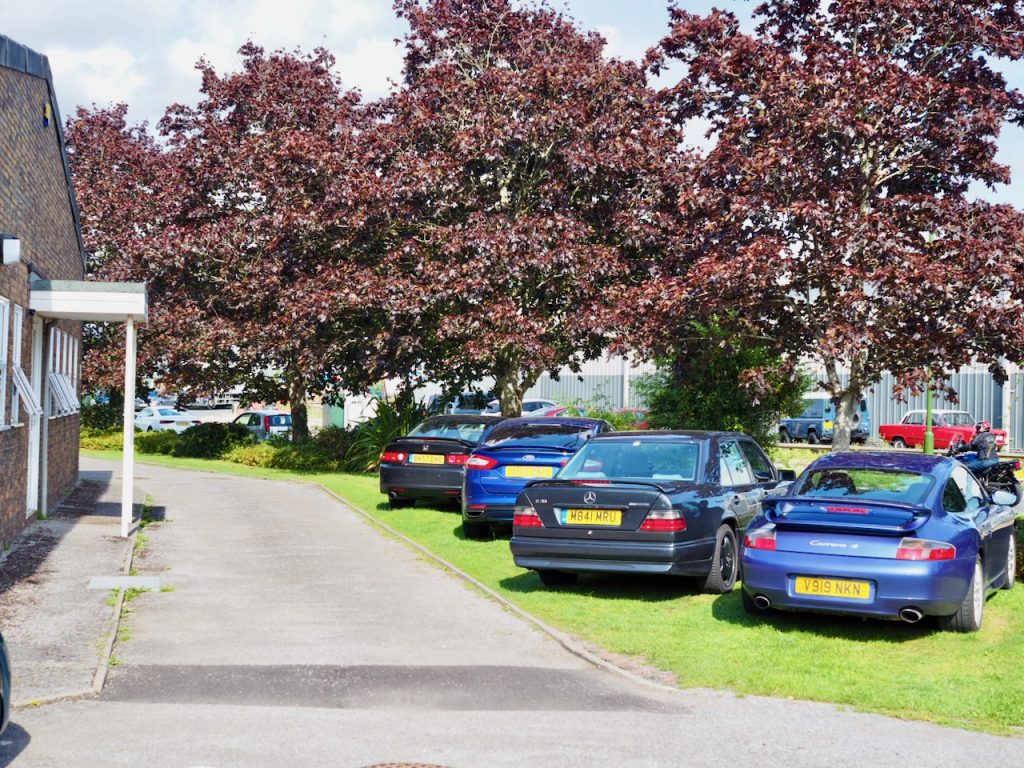
First, we saw large racks with rows and rows of Audio Note (UK) kit that was "built to order" for customers, all going through the warmup & conditioning process to make sure everything was operating as it should before shipment to their new owners (a snippet of which you can see in the photo below).
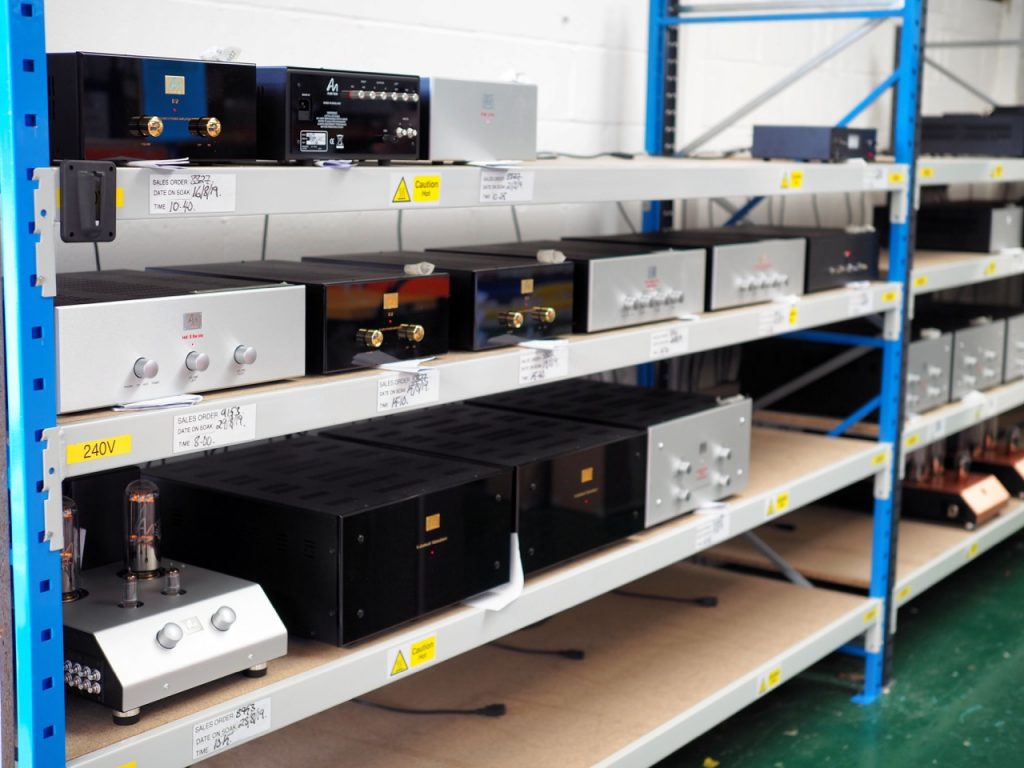
There were numerous pieces of audio equipment that were being built in real time while we walked through the facility, some of them from the Audio Note (UK) product lines, while others were custom builds based on exotic tube collections of particular Audio Note (UK) customers. I saw beautiful examples of boutique or bespoke builds of the audio engineering arts as Daniel and I walked through the facility.
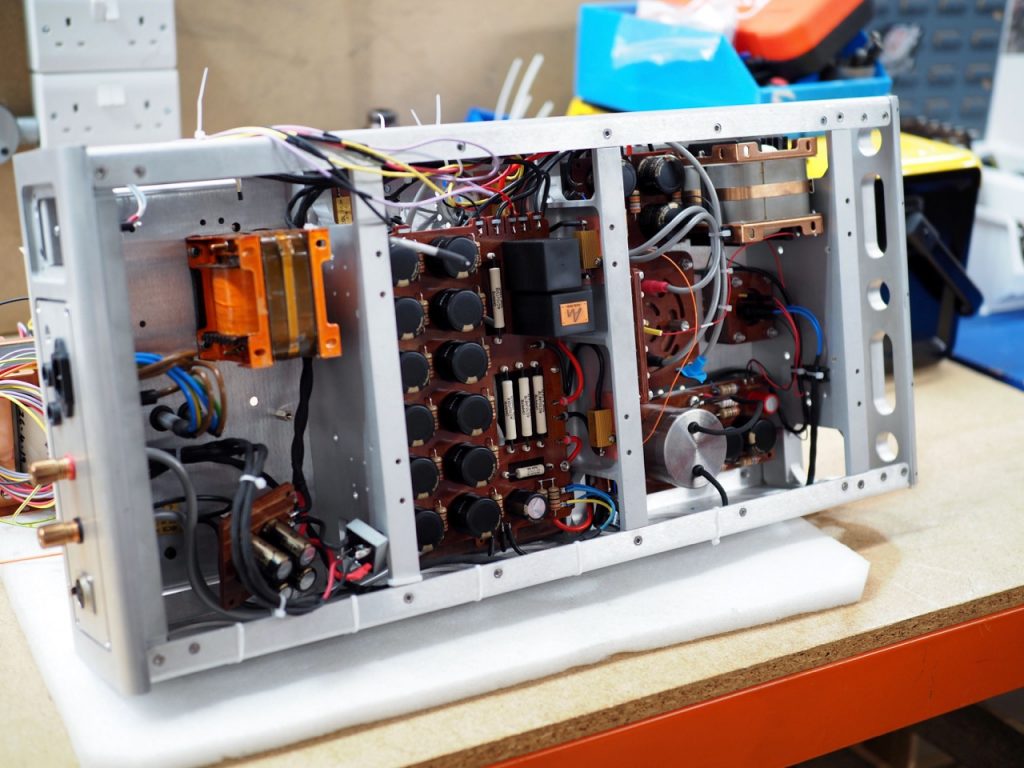
As Daniel and I continued our walkthrough of the facility we came across some prototype field-coil drivers.
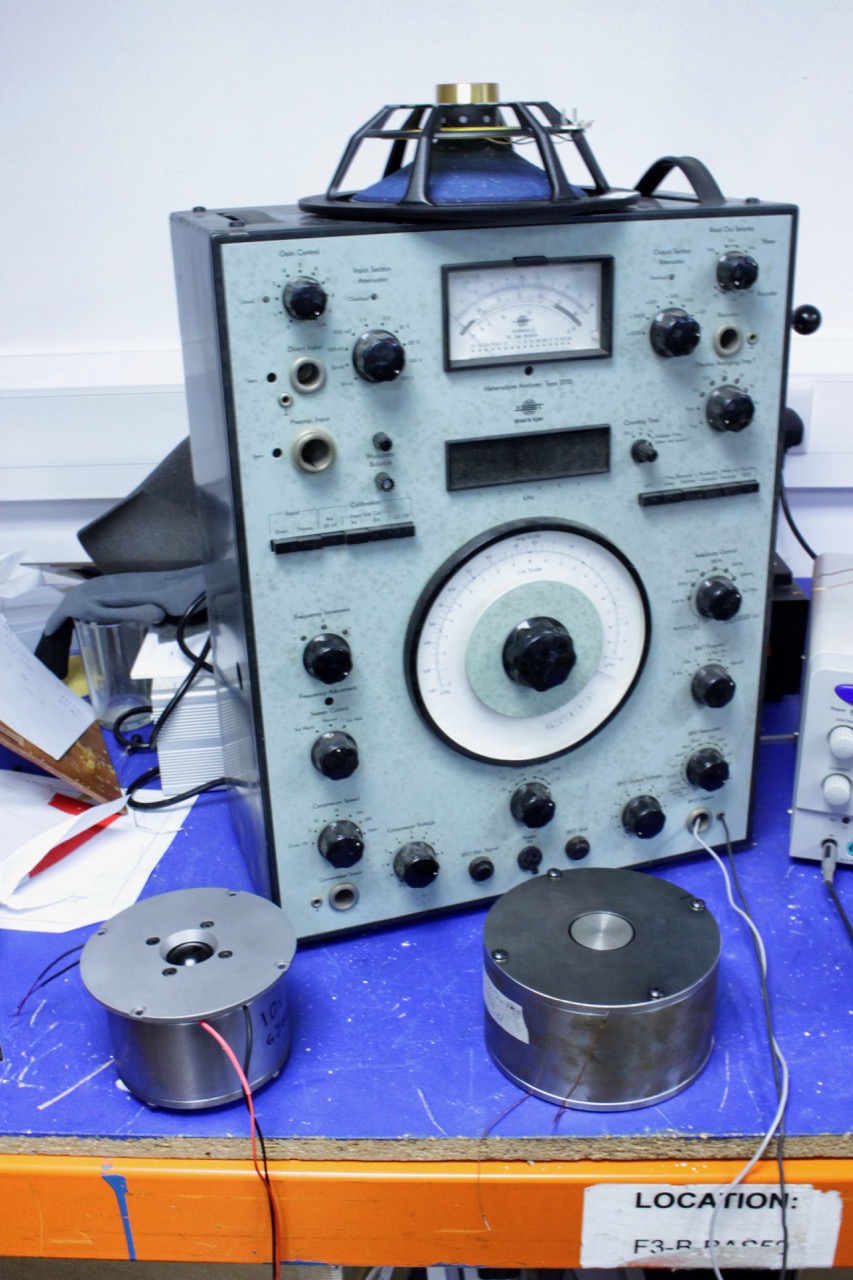
Peter and the R&D teams at Audio Note (UK) are in the process of developing prototype field-coil drivers for a new field-coil loudspeaker project (photos above & below).
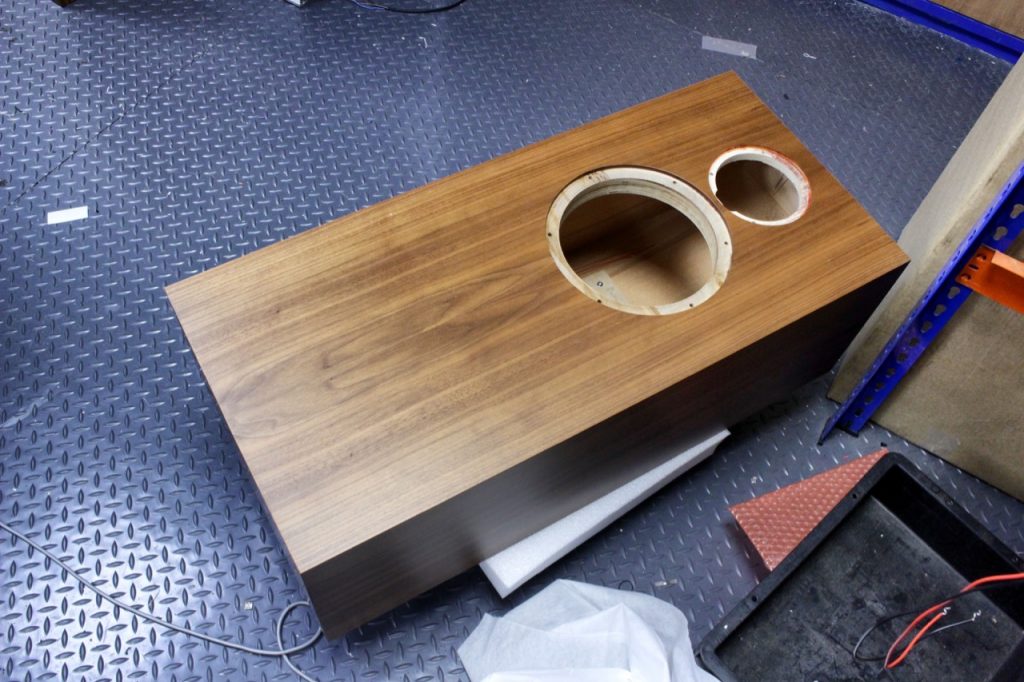
Let me diverge briefly here for what I think is an important and relevant discussion, before I venture further into this Audio Note (UK) adventure.
Prior to my departing for the UK I did a bit of research regarding Peter and Audio Note (UK), and I came across a discussion by Peter on a topic that was near & dear to my own heart, that of the peaks of audio research & development in history.
Peter's discussion spanned the entire recording and playback chain, starting with recording a live performance, and ending with the listener enjoying the recording played back over a home system.
Over the last few decades, I have developed an increasing desire for learning more about history and the lessons it teaches, so I was quite enamored with Peter's discussion, no doubt in part because Peter's discussion mirrored some of my own personal observations and values, but also because of the artful way Peter put it all together in such an informed and concise description.
Reading Peter's perceptions about the peaks of audio research & development in history became an aha moment for me for seeing the "big picture" of what is important to me in audio.
Let me attempt to paraphrase what Peter said.
Peter Qvortrup's perspective on when the branches of the music reproduction chain in audio were at their peak points of development were 1950 - 1960 for the recording quality peak, the software quality peak occurred 1950 - 1960, the amplification quality peak occurred 1920 - 1930, and the loudspeaker quality peak occurred in late 1930s, and was led by cinema sound research & development.
Also, since those historic peaks in research & development in the audio & film industry, Peter says we have seen diminishing returns in advancing the recording and audio arts, or even diminishment in overall performance during some recent periods.
All you need to do is attend a few audio shows, listen to how many of the current "high-end" offerings are amusical in comparison to what live music sounds like, to truly drive that point home. It is a sobering realization.
It's not that there isn't great current audio equipment available today, there most certainly is, but the very best of it—like that of Audio Note (UK)—have paid great attention to the fine details of those peaks in research & development history to inform the performance of their contemporary designs.
Now back to those prototype field-coil loudspeakers that Peter and his research & development teams at Audio Note (UK) are developing.
In case you are not familiar with field-coil drivers, they utilize electromagnets as a motor to drive the cone of the speaker instead of a permanent magnet.
In a recent discussion I had with longtime Altec employee and expert, Todd W. White, we discussed the history and evolution of the Altec 801/802 series of compression drivers, one of history's more important and successful driver designs in cinema sound research & development.
The Dr. John F. Blackburn designed Altec 801B field-coil compression driver of 1937 was the Granddaddy from which the later Altec 802 series of permanent magnet compression drivers would evolve (like those in my vintage "Stokowski" Altec's used as reference loudspeakers in this article, or in my vintage Altec 832A Corona loudspeakers, for example).
Field-coil electromagnet drivers have a number of advantages over permanent magnet drivers due to their powerful magnet strength. The field-coil electromagnet driver follows the soundtrack or music signal much more accurately, meaning you get greatly reduced distortion from the driver, resulting in much higher fidelity to the music or soundtrack signal.
This much lower level of distortion in the reproduction of the signal from the field-coil electromagnet driver gives a smoother, more tonally natural, and more "real" presentation of the music. The field-coil electromagnet driver provides more resolution of recorded musical and sonic nuance, gradations in dynamics are tracked more accurately, and the listener experiences more "presence" of the musicians.
As a result, with the field-coil electromagnet driver the listener hears more of the artistry of the musicians or film effects, and the listener experiences a greater sense of emotional engagement because of it.
During the Second World War AlNiCo 5 magnets were perfected for military applications, and Altec's John Hilliard adapted AlNiCo 5 magnets to loudspeaker drivers.
Shortly after the war, the Dr. John F. Blackburn designed Altec 801 field-coil compression driver was modified by John Hilliard with a permanent AlNiCo 5 magnet replacing the field-coil electromagnet, which became the Altec 802 driver.
From the perspective of a cinema sound company like Altec, even though field-coil electromagnet compression drivers sounded better, the permanent AlNiCo 5 magnets still sounded very good (as I can attest to), were much cheaper to manufacture, and much easier to maintain in the field for theater installations.
From that point on, permanent magnets dominated drivers in cinema sound research & development.
However, true high-fidelity audio companies—like Audio Note (UK)—are again investigating that historic peak of research & development into field-coil electromagnet drivers because of their much greater performance potential.
So, by observing the lessons taught by the peaks of audio research & development in history, and applying them to contemporary designs with the best of today's materials science and design discoveries, the audio arts advance.
Peter and I have been exchanging emails about the exciting 78rpm transfers of Peter's late friend, Anatoly Markovich Likhnitsky, and after writing this section of the article (which was unknown to Peter), he described their progress on their field-coil electromagnet drivers that I just mentioned above, "… the first prototype of a field-coil version of the AN-E is ready. It is a fairly rough approximation of what it will eventually become, but it already beats pretty much all the permanent magnet versions of the AN-E we make, so there is no question that the field-coil is a massive game changer, well at least within our world as it stands." (photo below)
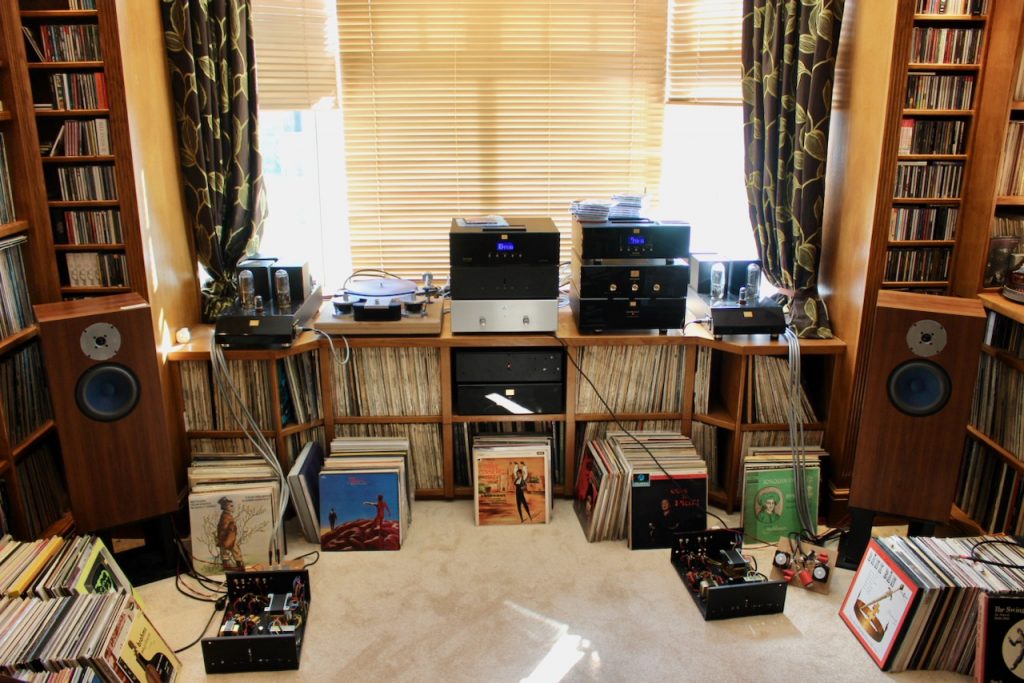
That's exciting news indeed!
With Audio Note (UK) there is a continual application of these important lessons from history, as well as the application of new knowledge related to advancements in materials science and design principles, into every new design—and every single product—they offer, from their least to most expensive source and amplification products, loudspeakers, as well as every single capacitor, resistor, transformer, vacuum tubes, etc., that they make available to their customers.
In this way, every single Audio Note (UK) product has been consciously developed to incorporate the best of the research & development ideas from history, as well as the best that materials science and design advancements have to offer today.
Now with that in mind let us continue with our Audio Note (UK) walk-through adventure.

Daniel and I also saw transformers in various stages of the manufacturing process (more about transformers in a moment), a massive square foot of facility space with an enormous inventory of component parts that Audio Note (UK) offers, and lots and lots of vacuum tubes through multiple rooms in the facility, both vintage and new production.
Chances are that if there is an obscure vacuum tube you've been looking for, Audio Note (UK) has many boxes of them stashed away in their storerooms.
I was awed by seeing all of the new stock and rare NOS vacuum tubes in their possession—a tube lover's paradise!
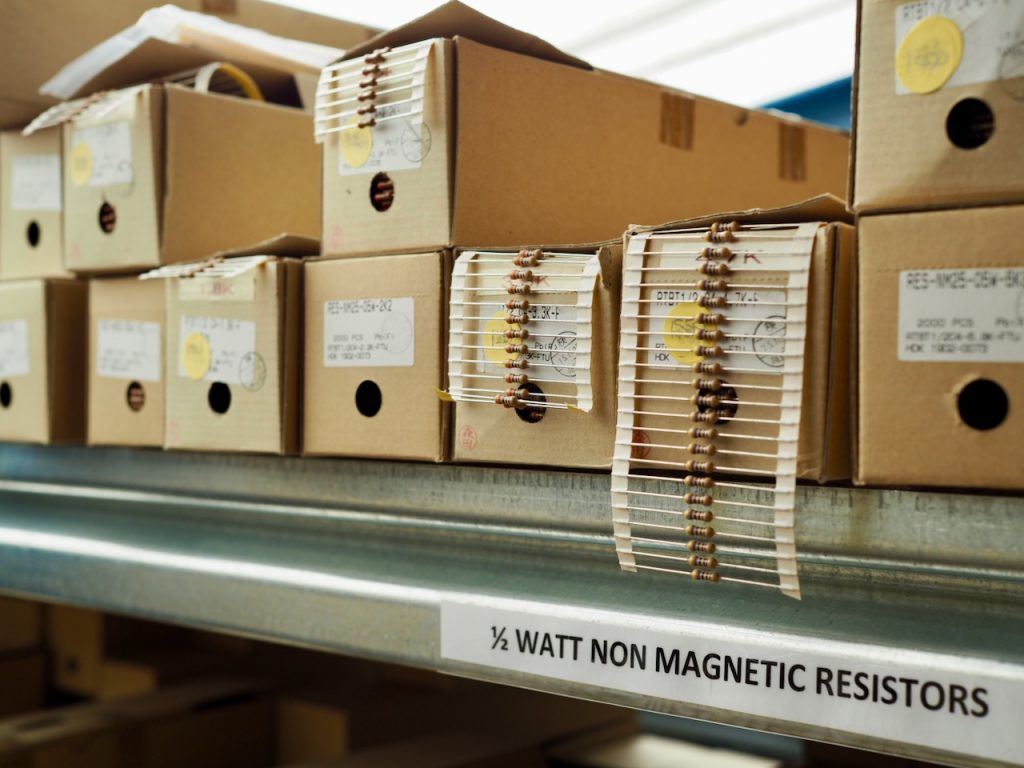
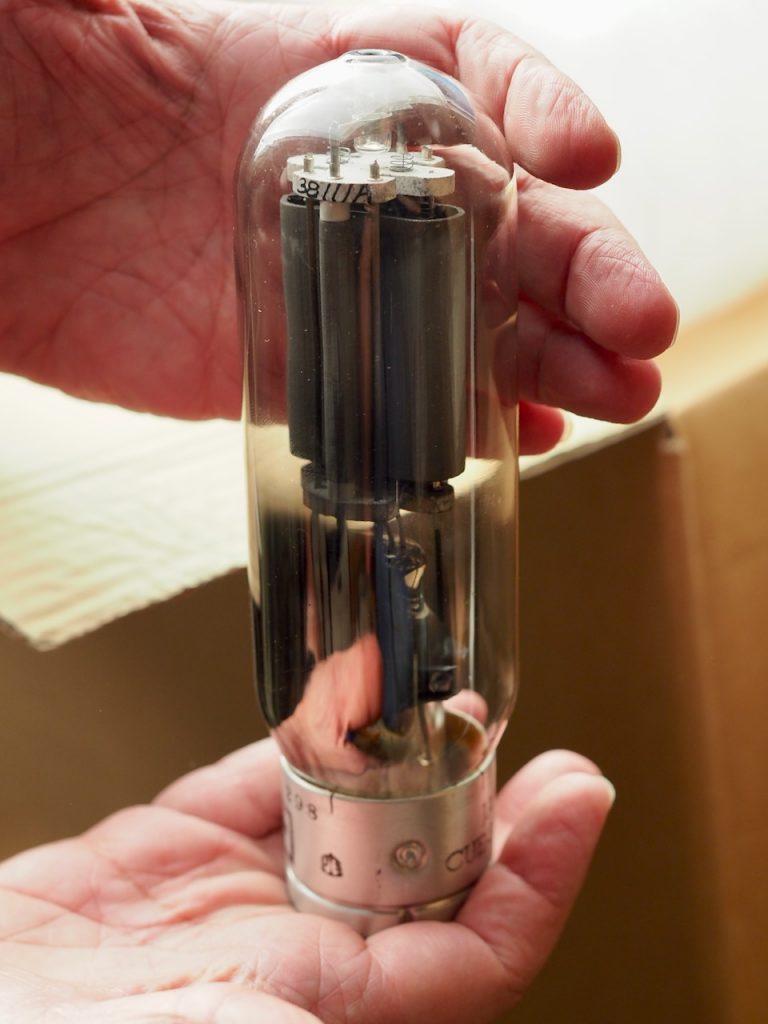
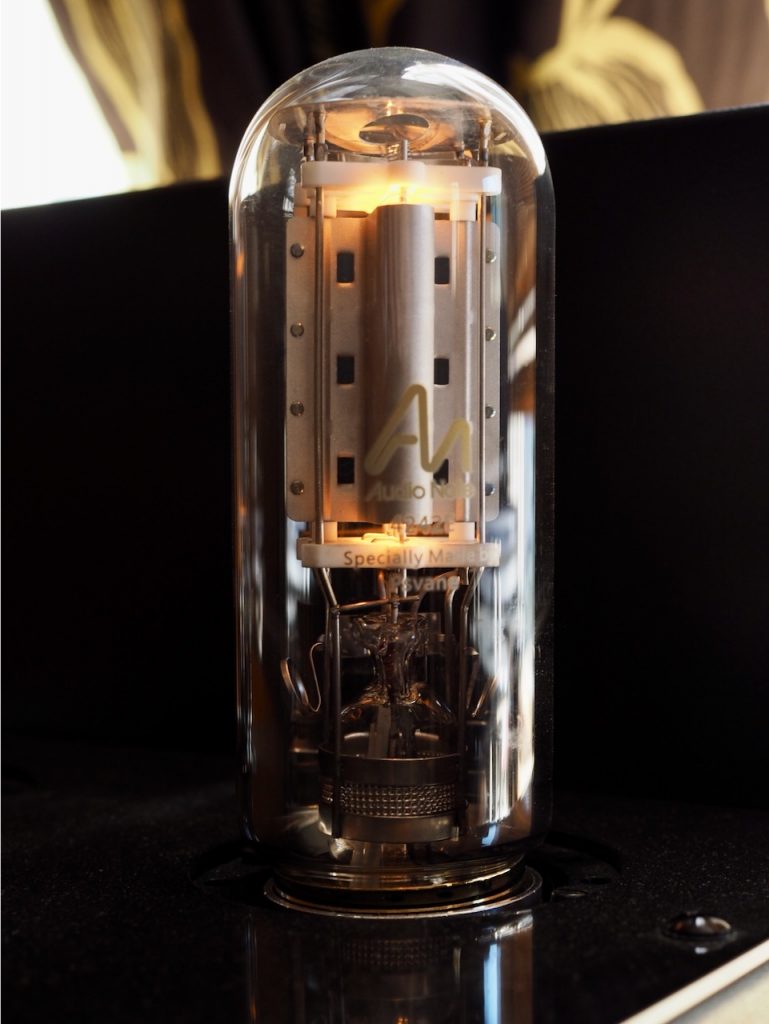
It was time to take a break from our walkthrough and head out for a little lunch. I went to the classic Fountain Inn for a proper English lunch with Darko Greguras (Design and R&D Engineer, Technical Manager) and Andy Grove (Senior Engineer, Research, Product Conception, Design, Management, Technical & Creative Writing, Strategy & Marketing).
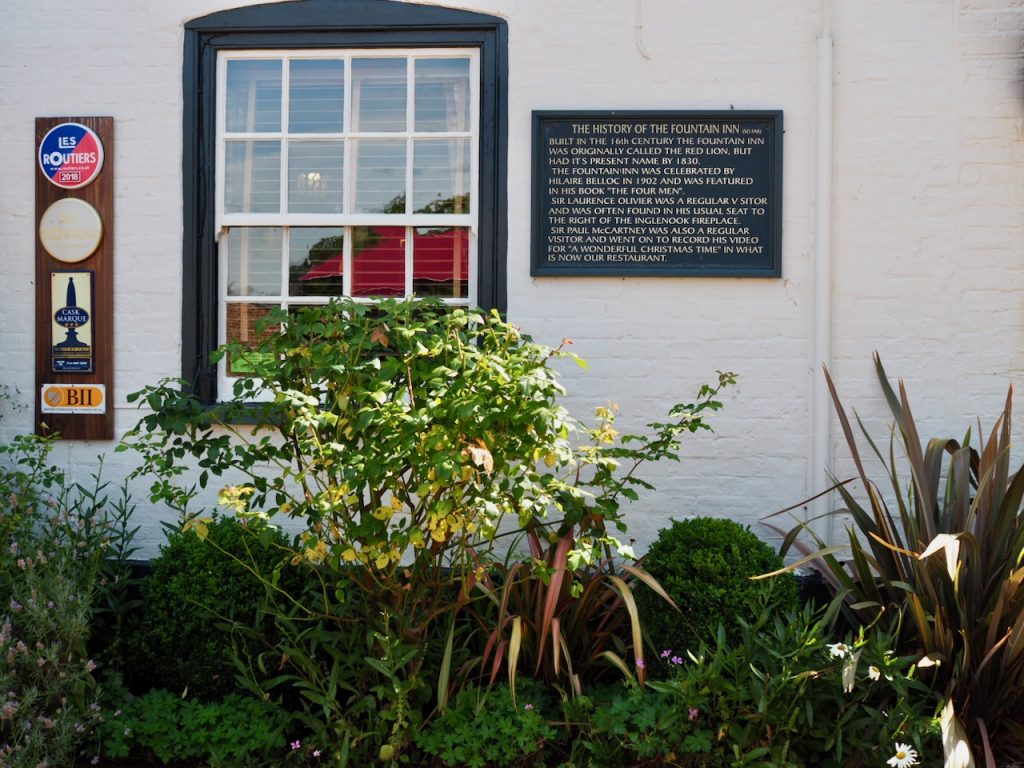
I had a wonderful time hearing about Andy's and Darko's interests, their duties at Audio Note (UK), and their activities related to R&D involvement. Andy and Darko are cool & amazing guys for sure, and I was really impressed with what they had to share with me!
I told Peter he was very fortunate to have such superb staff at Audio Note UK, as individuals with that level of technical knowledge, skills, abilities, and insight are really quite rare in my experience.
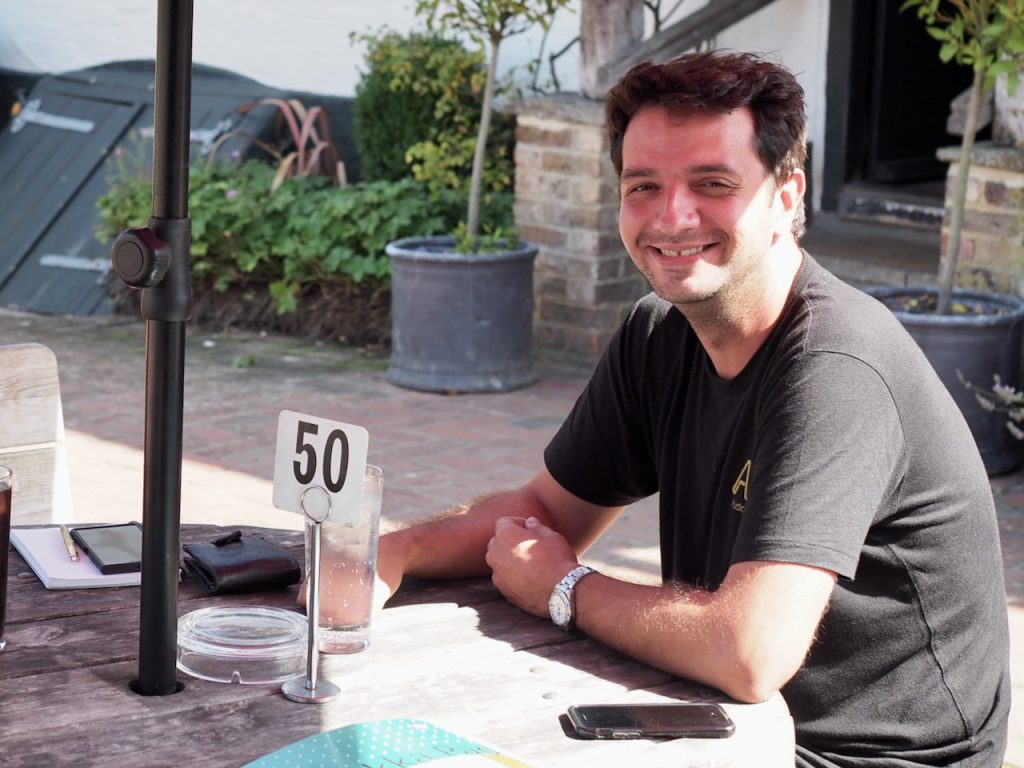
I really appreciate Darko (above) and Andy (below) taking time out of their busy schedules to spend a little time with me to talk—thanks guys!
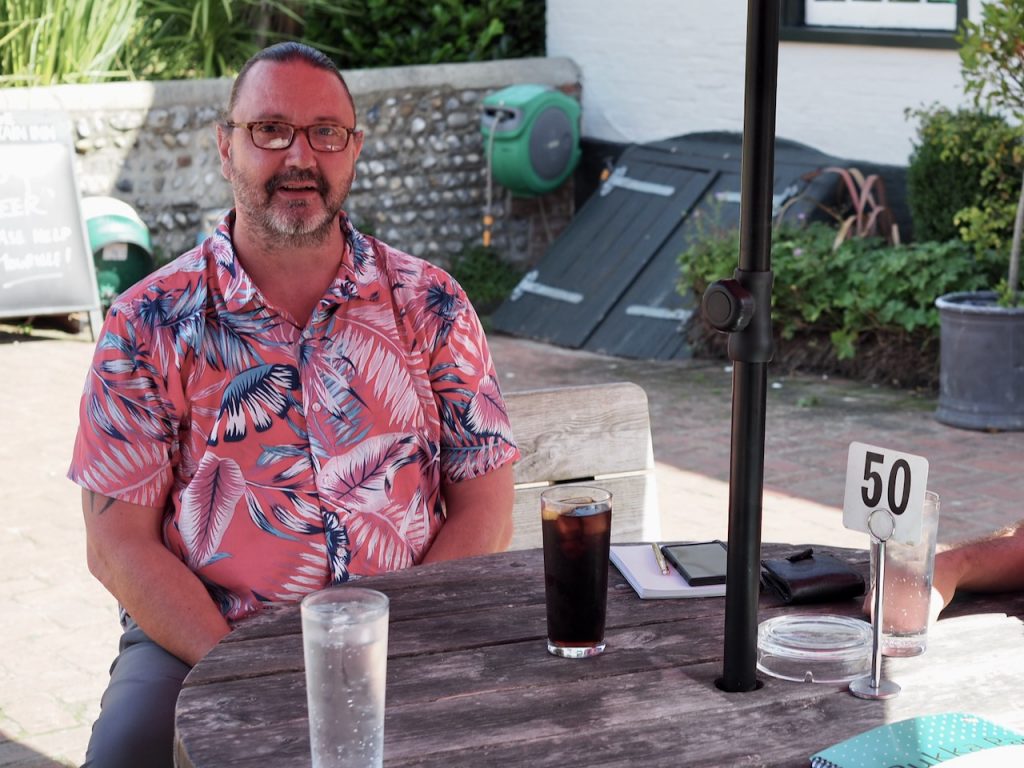
Next up, Peter, Daniel, and I had a nice relaxing listening session at Peter's home, something I really appreciated after the long flight.
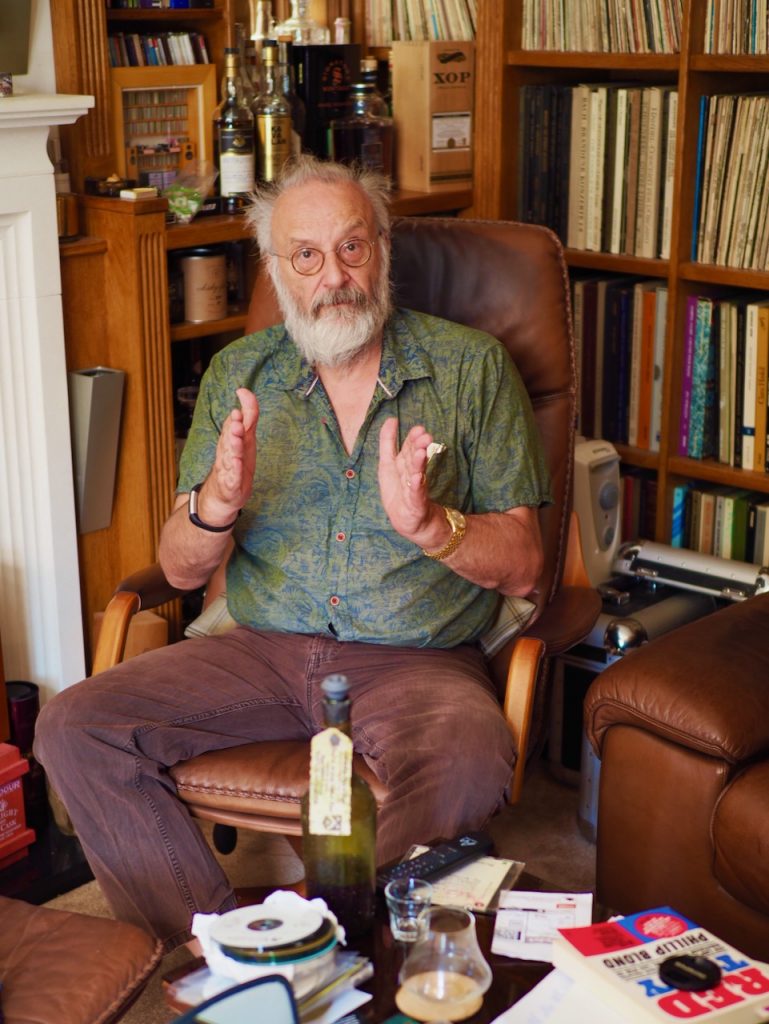
We listened to a variety of music while sipping some delightful single malt whiskeys.
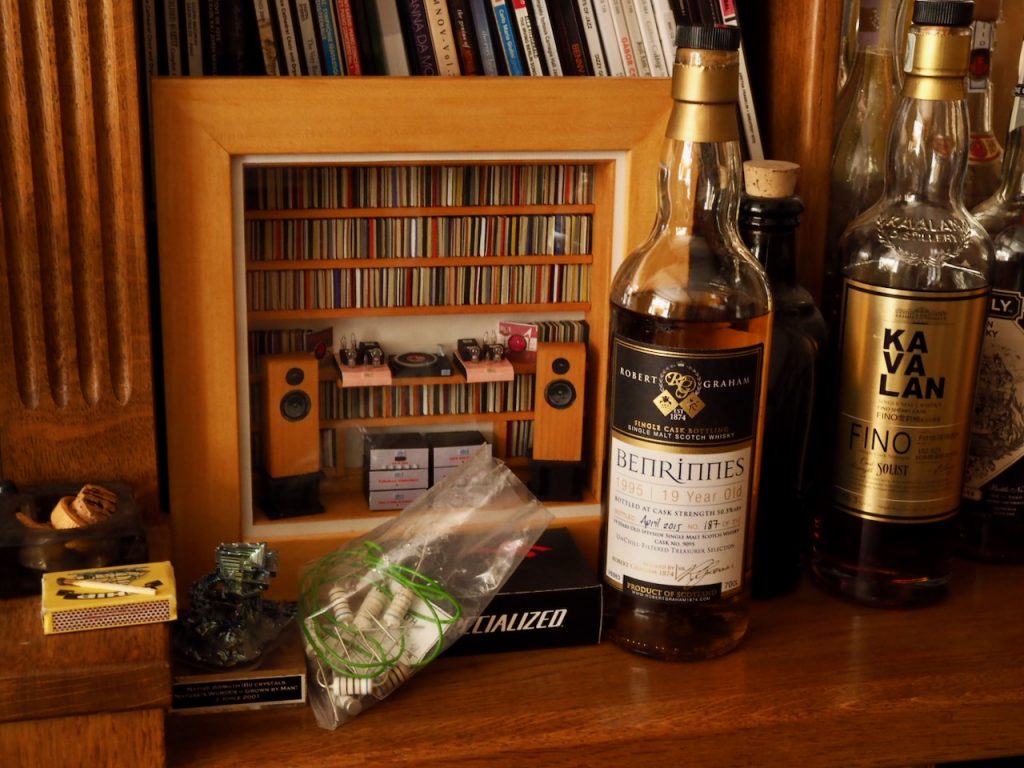
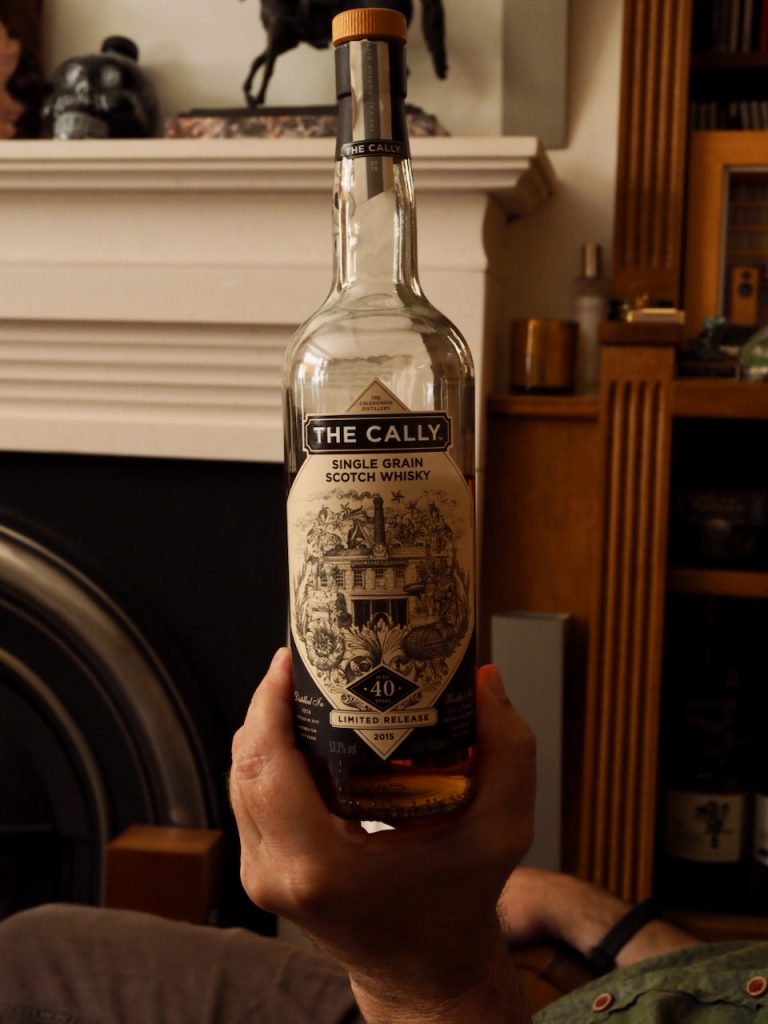
As you would expect, Peter's home system played music superbly whether we were listening to his huge collection of vinyl records, or CDs from his digital sources.
As you can see in the accompanying photos, Peter's listening room is lined with LPs in in-wall shelving on every surface, not to mention LPs stacked along the floors—the sign of a true music lover!
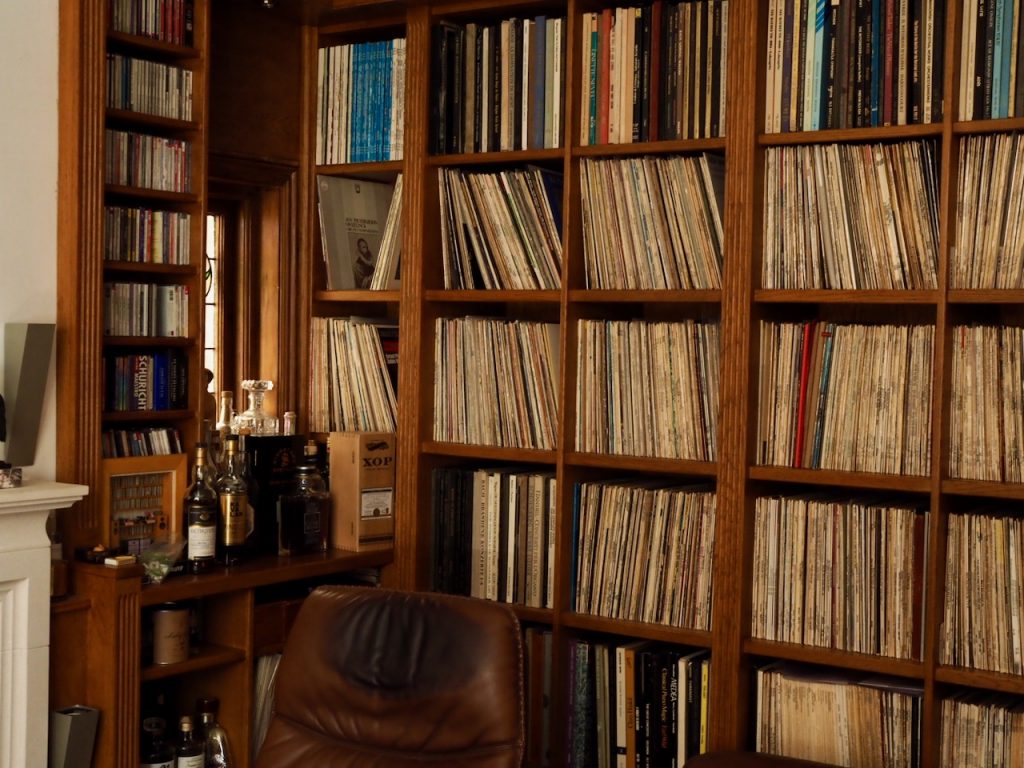
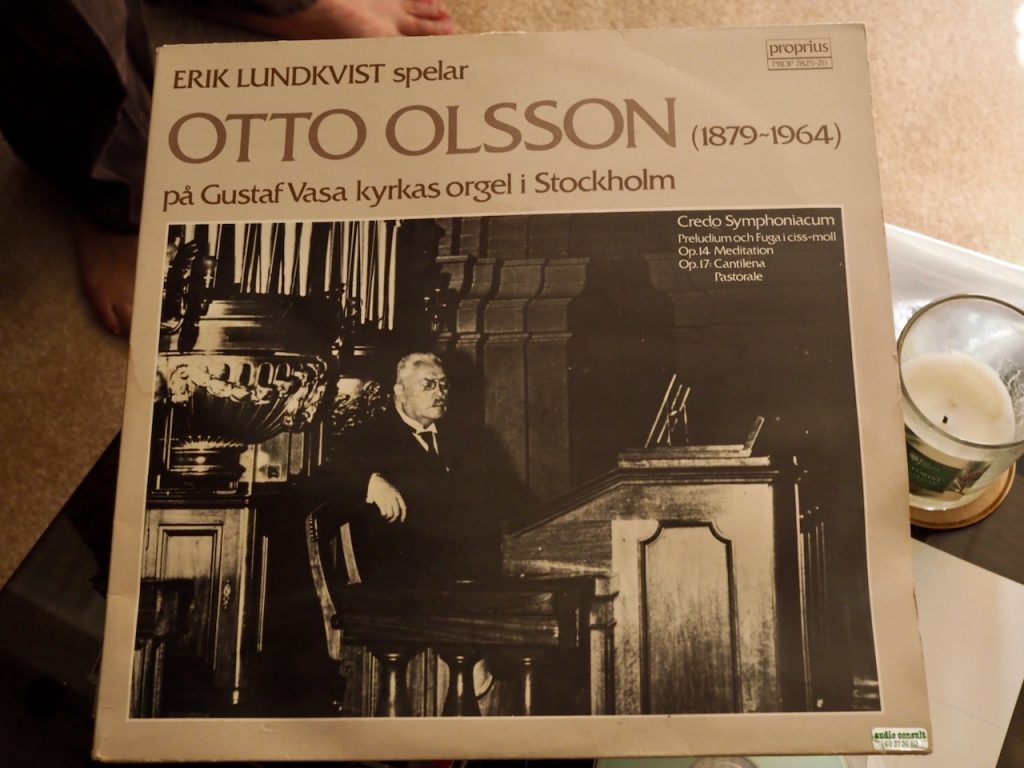
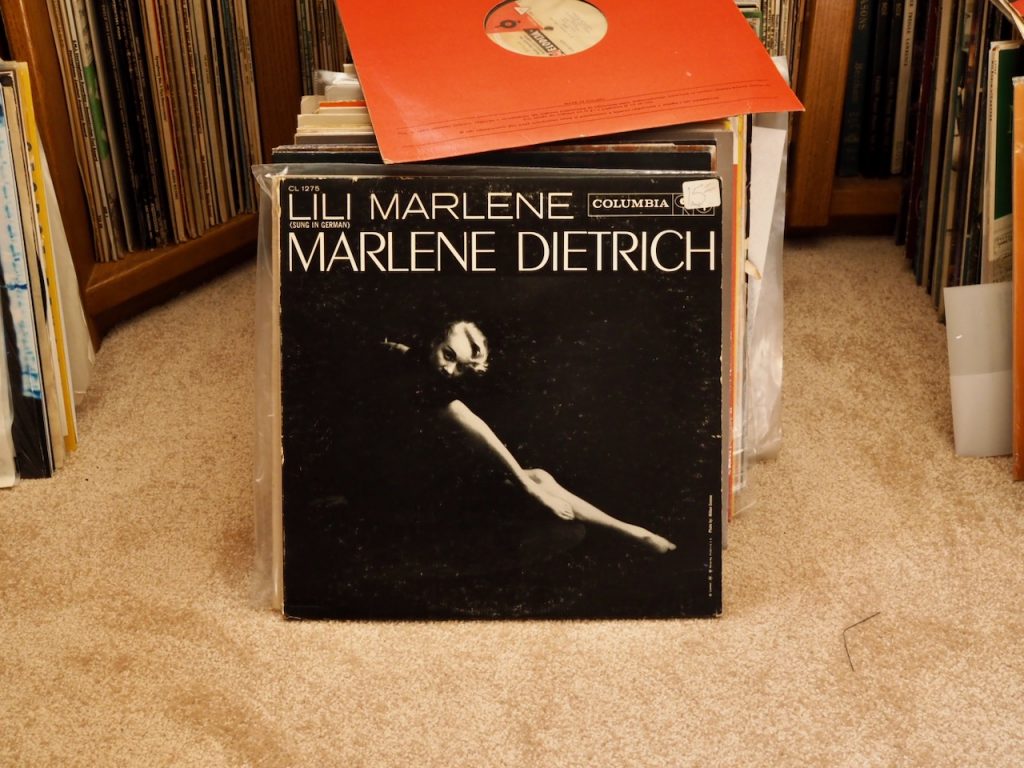
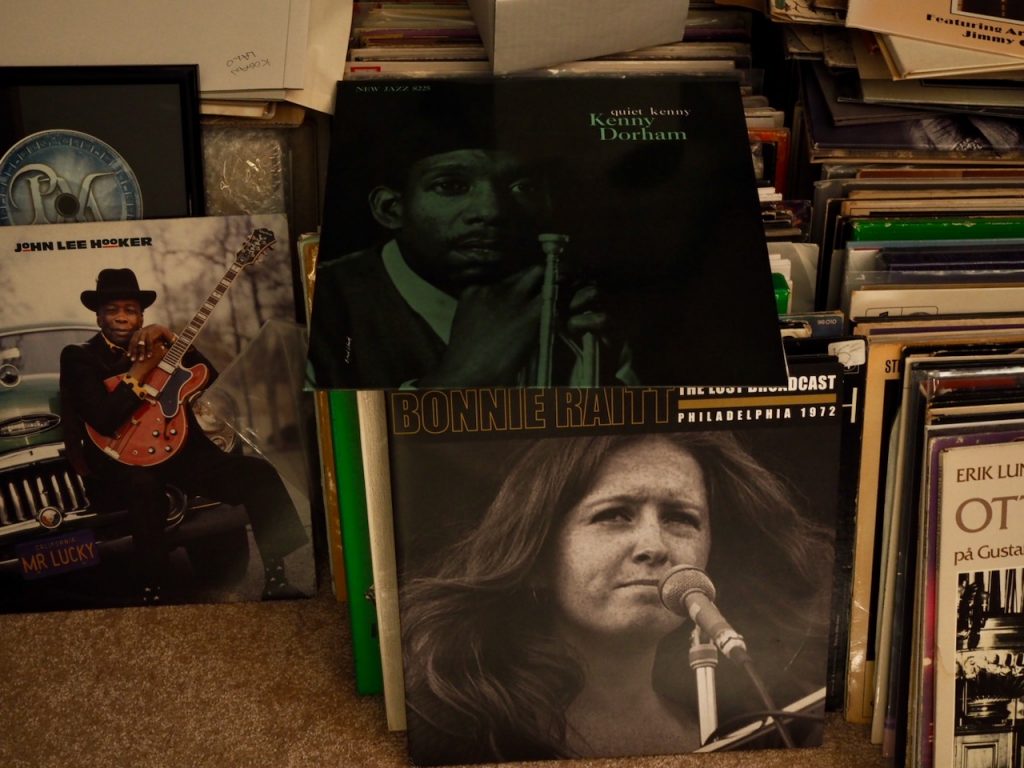
Below is a photo of a prototype turntable in Peter's listening room. It played music superbly!
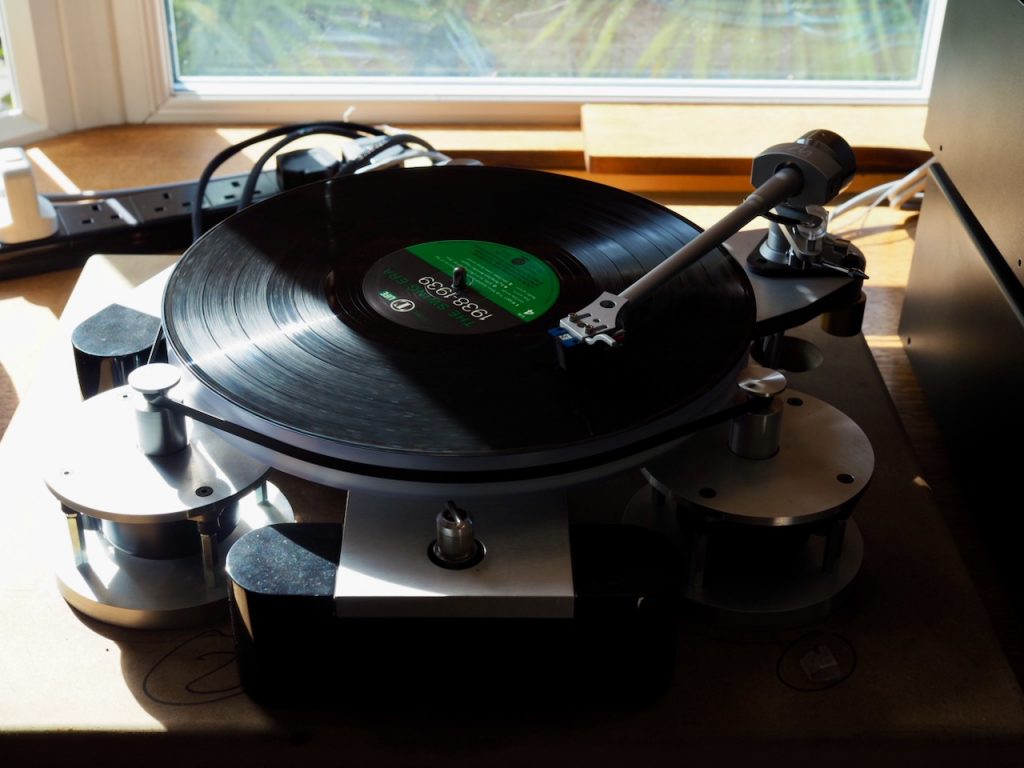
Below is a photo of Peter's digital front end, which in reality played digital music with a grandeur that matched the best of the vinyl we listened to. I was impressed.
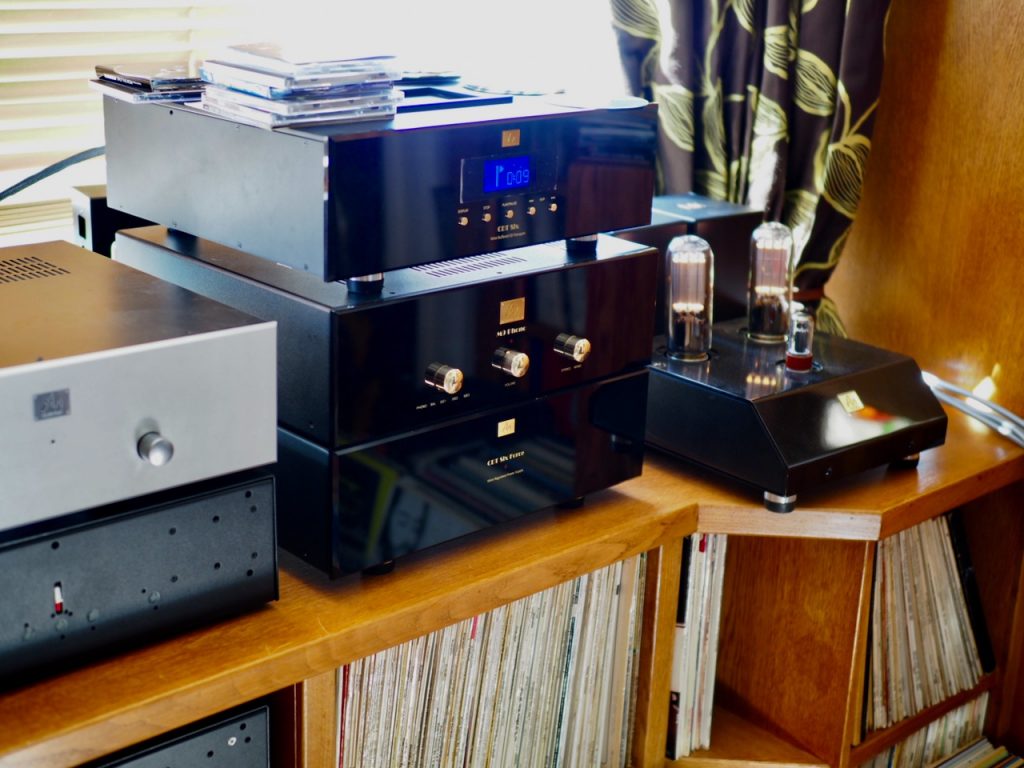
Peter's home hifi system was a pleasure to listen to, and every selection we played provided an engaging listening experience that plunged me deep into the music.
I might mention that we really didn't listen to many of those "perfect" recordings that audiophiles often think are a necessity because of … well how does one say this … because that's all that sounds good on a lot of their contemporary amusical sounding audiophile-style systems.
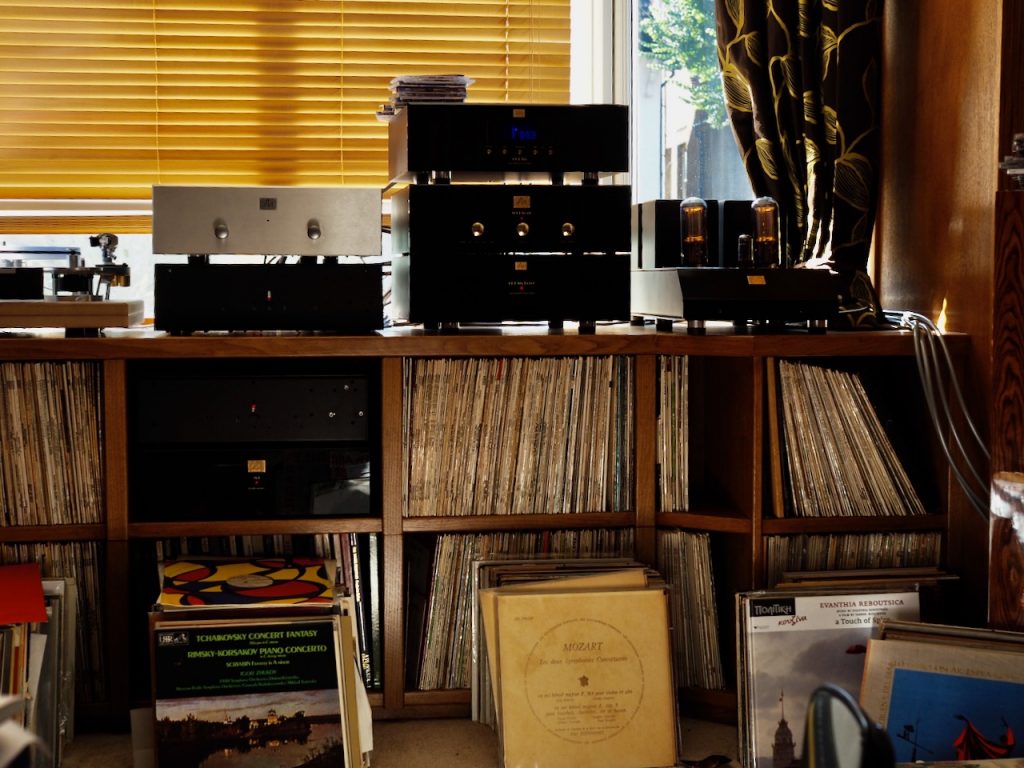
Instead we focused on the quality of the music, and not the quality of the recording.
I found Peter to be a kindred spirit in his belief that a high-fidelity music system should be able to play music across a spectrum of recording quality from poor to exceptional, and in an engaging and convincing musical fashion that rewards the listener regardless of what they want to listen to at any given moment.
The reality is that quite a lot of the really good music on Planet Earth was not recorded pristinely, and the ability to play a diversity of music of various recording quality while still getting superbly musical results is a personal "holy grail" for me.
I have to say that Peter has refined that concept to an art form in his designs.
